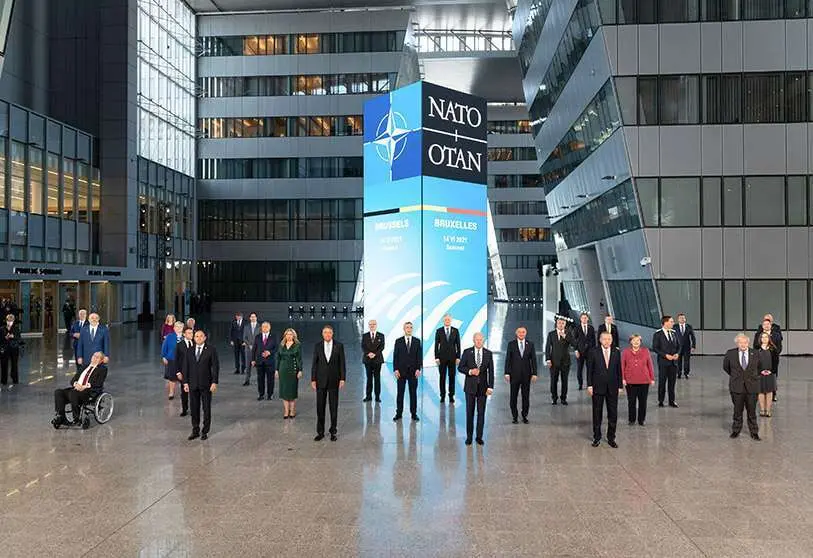Limitations of NATO's perspective on climate change

The NATO summit held on 14 June generated much excitement as it was the first meeting since Biden took office in the White House. After years of strained transatlantic relations, NATO leaders came together in an effort to renew relations and rebuild a lost trust. It was also an opportunity to put on the table issues dismissed by the Trump administration, such as climate change, an issue that is once again gaining the relevance it deserves.
In March of this year, the Alliance adopted the Climate Change and Security Agenda, which will be implemented through an Action Plan that was discussed at this summit in Brussels. According to NATO Secretary General Jens Stoltenberg, the organisation has three duties: to understand climate change and the challenges it presents, to adapt military operations, and to reduce their environmental impact. In this sense, the aim is to reduce dependence on fossil fuels and promote the use of renewable energies and biofuels in the different bases and military equipment, with the goal of achieving carbon neutrality by 2050.
The EU also adopted a similar perspective in December 2020. The European External Action Service (EEAS) presented a guide on the need to adapt military missions to the challenges posed by climate change, including its recommendations for the medium and long term. Both organisations thus adopted a common perspective: the importance of modernising their defence systems to make them more sustainable. However, the relationship between security and climate change is two-fold.
The nexus between security, defence and climate change is not limited to the environmental impact of an army or military operation, or the importance of adapting missions to a changing climate, but to the security and defence risks arising from climate change. Rising global temperatures, and the resulting climate phenomena, are an accelerator of global conflicts, which threaten global peace and security.
Climate change has a direct impact on food production and access to water, rendering some habitats completely inhospitable. Climate change is already leading to humanitarian tragedies such as famines, droughts and plagues, thus increasing migration flows. Poverty and hunger are forcing many people to leave their homes in search of new opportunities, a reality that endangers the lives of men, women and children around the world.
The denial of such fundamental rights as access to food and water is also a breeding ground for violence, crime and violent conflict. The most affected regions have seen an increase in the climate of insecurity. The lack of resources and the prospect of a decent future has led many young people to radicalise and join extremist groups. Somalia is a case in point. With some 2 million people at risk of starvation and 70 per cent of the population directly dependent on weather conditions to meet their most basic needs, levels of violence have skyrocketed in the African country. Inter-clan rivalries, as well as the momentum of the extremist group Al-Shabaab, have contributed to a climate of instability and violence in Somalia. While this situation has a variety of causes, the impact of climate change on Africa cannot be ignored.
It is essential to recognise this link between security and climate change, and to address the issue from all angles, including the geopolitical and military perspective. NATO, as well as other national and supranational defence structures, must make climate security a priority, as this is a threat that will only increase in the coming decades. They will need to increase international cooperation to address all the risks that will arise from this inexorable rise in global temperature.

